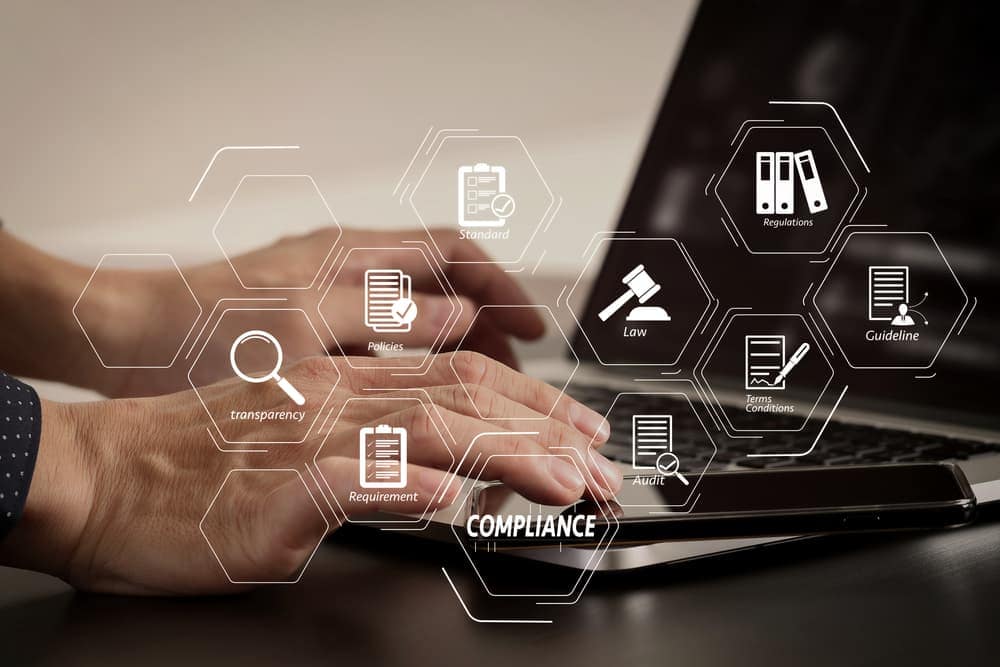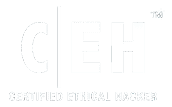Major technology companies employ third parties to assist with periodic website maintenance and provide intranet access. It’s not unusual for the third party to employ the services of its own third party for some of the jobs. With a method like this, it becomes increasingly difficult for the organization to evaluate and reduce risks.
More companies have reported that in recent years they have been using the services of a third-party network that includes other third parties. In fact, according to our data, 60% of firms currently collaborate with over 1,000 third parties and this makes it both expensive and time-consuming to manage the risks of doing business with third-party service providers.
The inherent panic with this process is that the outside parties that offer products and/or services and have access to privileged information about the employee and customer data, finances, and operations hold the potential to be a threat to the organization’s structure and supply chain.
With the introduction of blockchain technology (BCT), there is a notably increased level of reliability, transactions’ correctness, and dependability on supply-chain operations. When adopting blockchain, businesses must first evaluate how blockchain works and its implications on their information risk management strategy, and how it might decrease certain sorts of third-party risks.
This article intends to shed light on the ongoing controversy about whether blockchain technology would eliminate the need for third-party risk management.
What is Third-Party Risk Management?
Third-party risk management (TPRM) is a type of risk management that helps in identifying and mitigating risks associated with the usage of third-party vendors (sometimes referred to as vendors, suppliers, partners, contractors, or service providers).
The scale and responsibilities of a third-party risk management program vary greatly based on the industry, regulatory guidelines, and other variables. However, many TPRM best practices are global and can be implemented by any company or organization.
To keep operations functioning properly, most modern enterprises rely on third parties. When third parties, vendors, or distributors fail to deliver, the consequences can be severe and long-lasting.
What Is a Blockchain?
A blockchain is a decentralized database that is shared across computer access points. A blockchain is a database that stores data in an electronic manner. Blockchains are well-known for retaining a secure and decentralized record of transactions in cryptocurrency systems like Bitcoin.
One of blockchain’s most significant features is that it guarantees the accuracy and integrity of a data record while also building confidence without the need for a trusted third party. A blockchain’s data structure differs from that of a regular database.
A blockchain separates data into blocks, each of which contains a set of data. When a block is full, it is closed and connected to the previous block, producing the blockchain. After the newly added block is filled, all extra information is combined into a new block, which is then introduced to the chain.
Each block on the chain comprises a number of transactions, and whenever a new transaction happens on the blockchain, a record of that transaction is added to the ledger of each participant. Distributed Ledger Technology is a decentralized database that is administered by various people (DLT).
Blockchain was founded under the pseudonym Satoshi Nakamoto by the anonymous creators of the online cash currency bitcoin.
Blockchain and Third-party Risk
Due to the fact that blockchain assures data accessibility and integrity, one of the possible uses of blockchain is vendor risk management. The following are the primary benefits of adopting blockchain to manage vendor risk:
- Transparency
- Trust
- Security
- Resiliency
How Can Blockchain Reduce Third-Party Risk?
Let’s look at how blockchain technology can be used to manage third-party risk. If blockchain technology is introduced in these ways, the four steps described below can be managed efficiently:
- Recognize the necessity
- Contract and due diligence
- Frequent surveillance
- Termination of contract
Recognize the necessity
The first step of Vendor Understanding the requirements that must be outsourced to a vendor is risk management. This may be readily examined if all processes are controlled with blockchain since essential information like audit reports, performance evaluations, SLA objectives, Quality slips, and so on would be available to internal stakeholders in real-time and with the highest level of transparency. In this manner, the risk of overspending on suppliers may be avoided.
Contract and due diligence
The next stage is due diligence and contract signing, which requires the parent organization to visit the vendor’s location to determine the vendor’s actual capabilities. Every firm, as standard procedure, sends a comprehensive questionnaire to suppliers for the first evaluation. All of these facts would be recorded on blockchain ledgers and made available to clients using a public key to decode the information if VRM is built on blockchain technology.
Organizations may use blockchain to sign ‘Smart Contracts‘ with their vendors. It is also feasible to automate the implementation of contract provisions and retributions using smart contracts.
Frequent surveillance
Using blockchain for Vendor Risk Management improves corporate resiliency as well. It gives the potential to establish a comprehensive business resilience strategy since it enables proactive monitoring of risks and interruptions to business. The information available in the peer-to-peer blockchain network is unchangeable and is constantly checked to reduce the threat of piracy. This aids the vendor and the parent organization in safely processing the data.
Termination of contract
Towards the conclusion of a contract, automated smart contracts aid in the successful execution of termination or renewal terms, depending on the needs of the company. As a result, onboarding and offboarding suppliers becomes a simpler and more reliable procedure.
Blockchain technology will undoubtedly have a significant influence on managing vendor risks and relationships. Because vendor relationships are based on the quality of service provided, even vendors will need to update to blockchain technology shortly. As a result, third-party supplier risk and resource management is indeed a two-way street in which collaboration and coordination are critical to success.
Will Blockchain Security Eliminate the Need for THRM?
True, the blockchain ecosystem is structured in such a manner that it minimizes the requirement for third-party data risk management. However, while blockchain significantly reduces the role of intermediaries and shifts the trust relationships that were previously required, third parties will not be eliminated.
National registrations, voting systems, trading platforms, and other functions will necessitate third-party risk management. For the time being, the community must keep exploring ways to effectively utilize blockchain technology (BCT).







